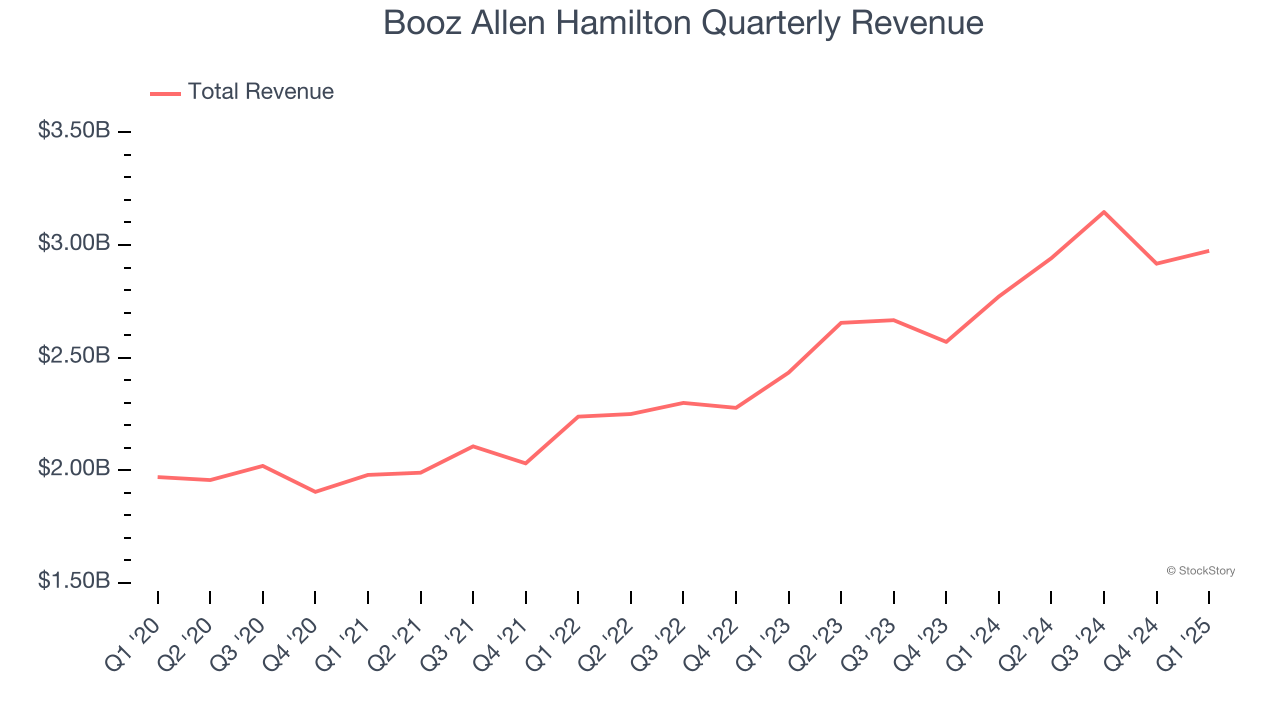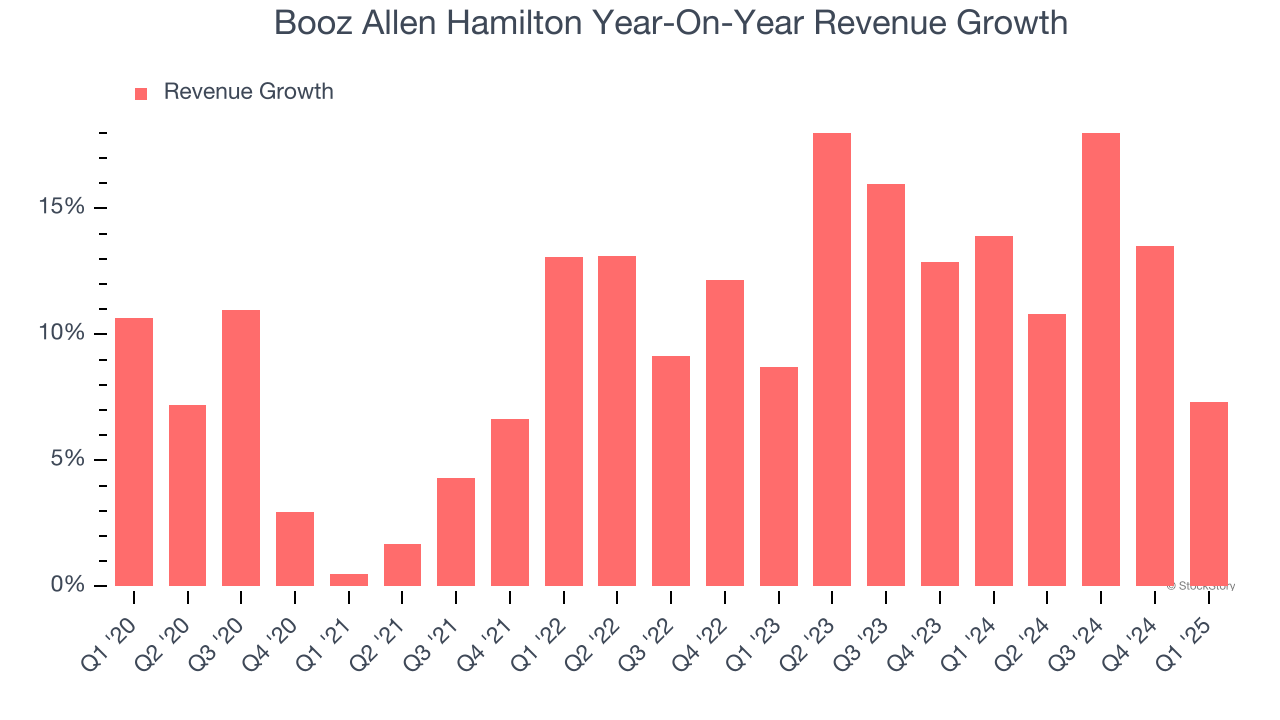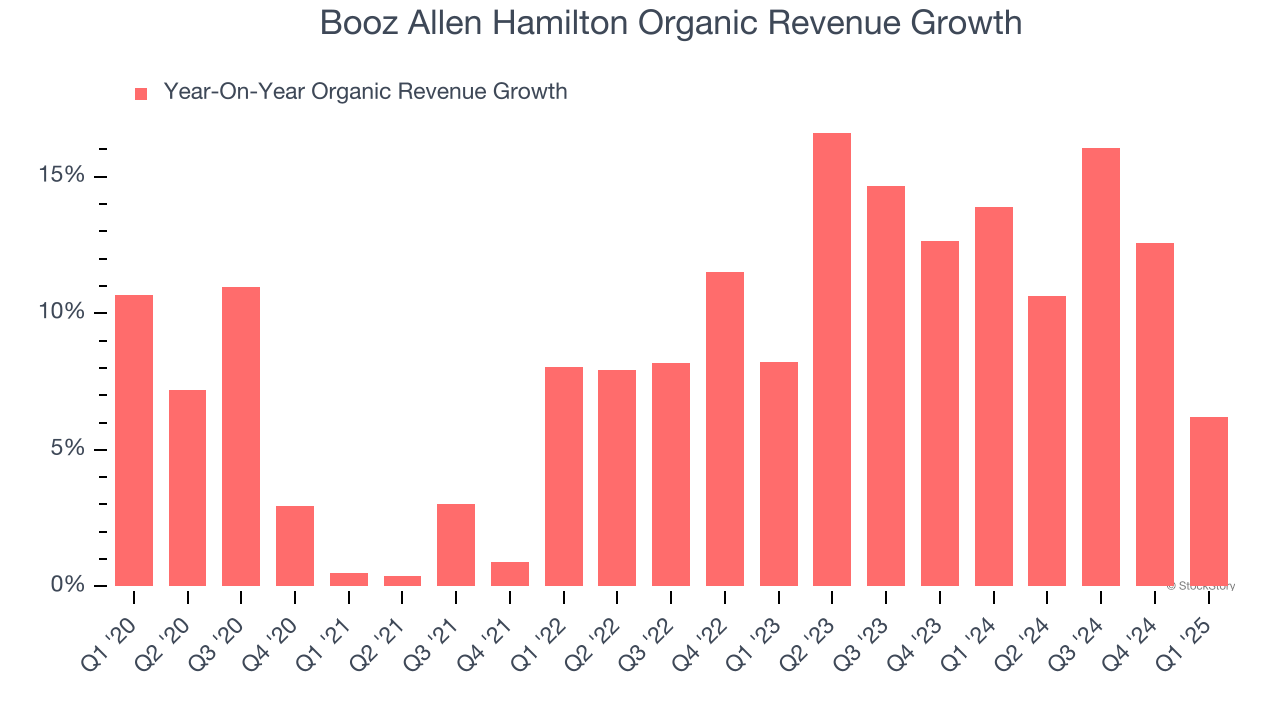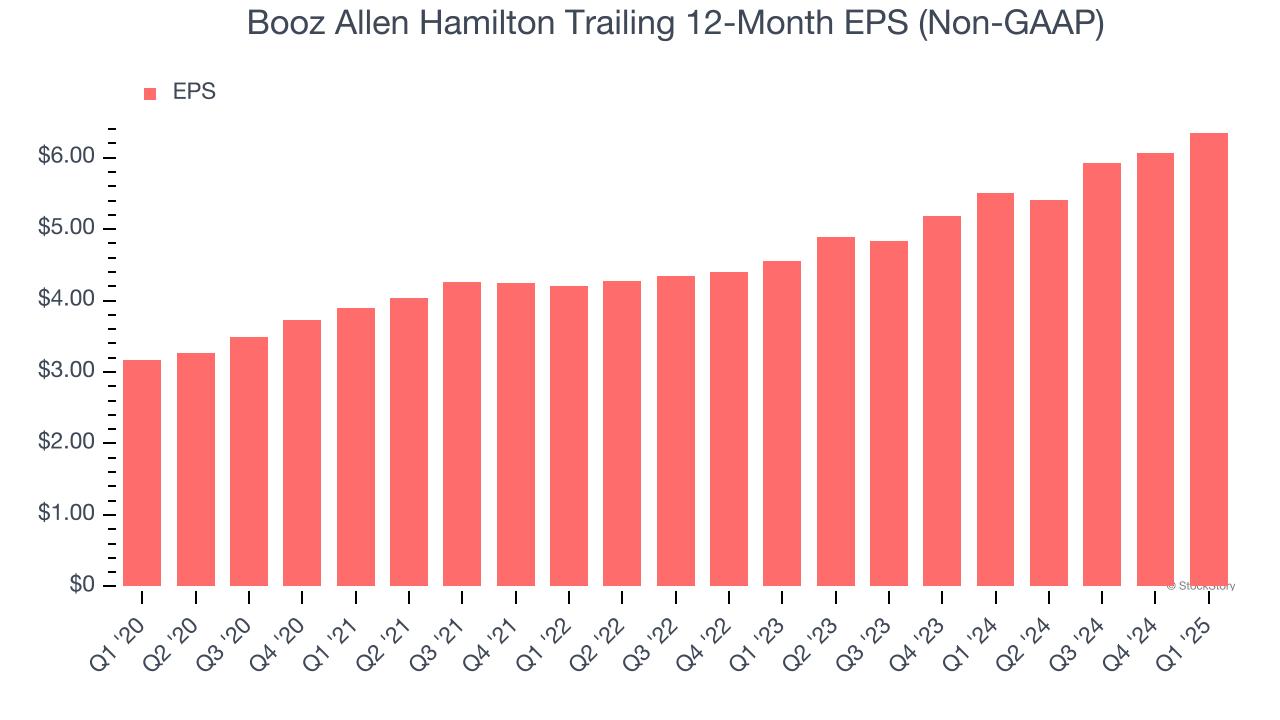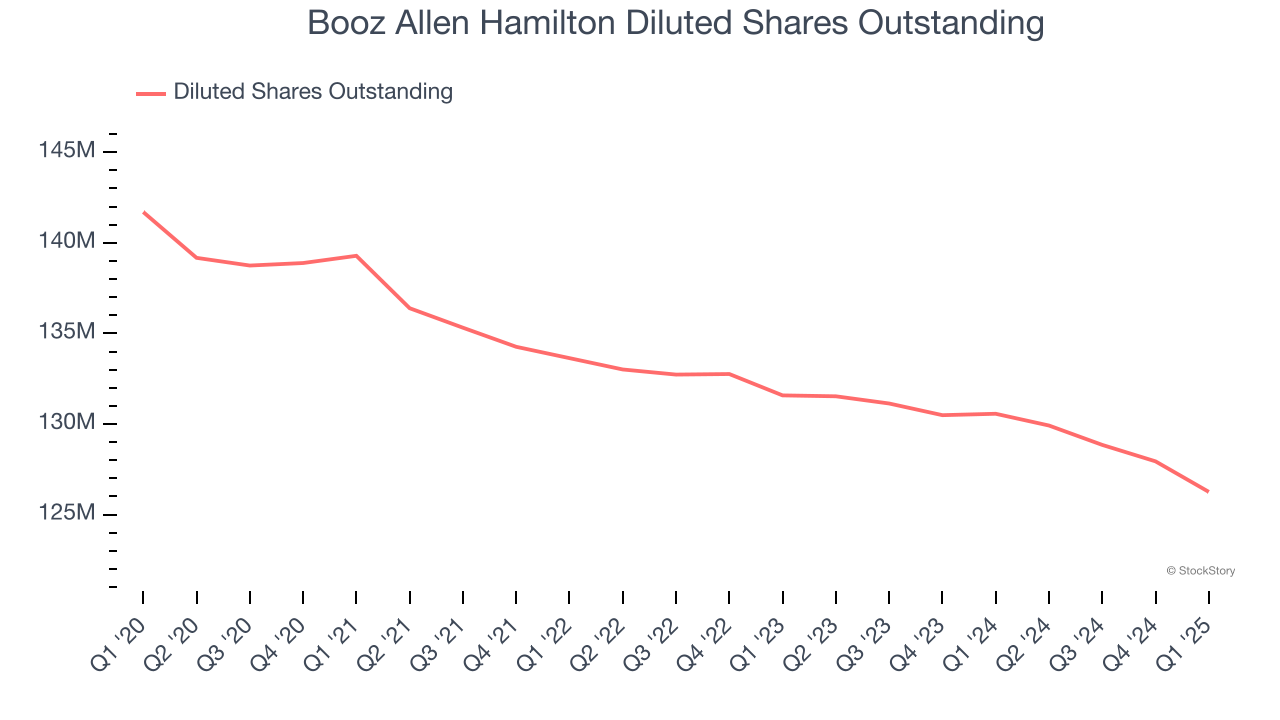Massimo Group (NASDAQ: MAMO) has emerged as a prominent player in the dynamic world of powersports and on-road vehicles, offering a diverse range of value-packed products catering to recreational enthusiasts and professionals. “Founded in 2009 and headquartered in Garland, Texas, Massimo has built a reputation for delivering high-quality utility task vehicles (‘UTVs’), all-terrain vehicles (‘ATVs’), motorcycles and pontoon boats,” reads a recent article. The piece discusses the company’s commitment to innovation and customer satisfaction, which has solidified its position in the competitive powersports industry. According to Market Research Future, the size of the global powersports sector is projected to grow from $19.3 billion in 2022 to reach $30.2 billion by 2030.
To view the full article, visit https://ibn.fm/92kUc
About Massimo Group
Massimo Group (NASDAQ: MAMO) is a manufacturer and distributor of powersports vehicles and pontoon boats. Founded in 2009, Massimo Motor believes it offers some of the most value packed UTVs, off-road, and on-road vehicles in the industry. The company’s product lines include a wide selection of farm and ranch tested utility UTVs, recreational ATVs, and Americana style mini-bikes. Massimo Marine manufactures and sells Pontoon and Tritoon boats with a dedication to innovative design, quality craftsmanship, and great customer service. Massimo Group is also developing electric versions of UTVs, golf-carts and pontoon boats. The company’s 376,000 square foot factory is in the heart of the Dallas / Fort Worth area of Texas in the city of Garland. For more information, visit massimomotor.com and massimomarine.com.
NOTE TO INVESTORS: The latest news and updates relating to MAMO are available in the Company’s newsroom at https://ibn.fm/MAMO
About InvestorWire
InvestorWire (“IW”) is a specialized communications platform with a focus on advanced wire-grade press release syndication for private and public companies and the investment community. It is one of 70+ brands within the Dynamic Brand Portfolio @ IBN that delivers: (1) access to a vast network of wire solutions via InvestorWire to efficiently and effectively reach a myriad of target markets, demographics and diverse industries; (2) article and editorial syndication to 5,000+ outlets; (3) enhanced press release enhancement to ensure maximum impact; (4) social media distribution via IBN to millions of social media followers; and (5) a full array of tailored corporate communications solutions. With broad reach and a seasoned team of contributing journalists and writers, IW is uniquely positioned to best serve private and public companies that want to reach a wide audience of investors, influencers, consumers, journalists and the general public. By cutting through the overload of information in today’s market, IW brings its clients unparalleled recognition and brand awareness. IW is where breaking news, insightful content and actionable information converge.
For more information, please visit https://www.InvestorWire.com
Please see full terms of use and disclaimers on the InvestorWire website applicable to all content provided by IW, wherever published or re-published: https://www.InvestorWire.com/Disclaimer
InvestorWire
Austin, Texas
www.InvestorWire.com
512.354.7000 Office
Editor@InvestorWire.com
InvestorWire is powered by IBN


